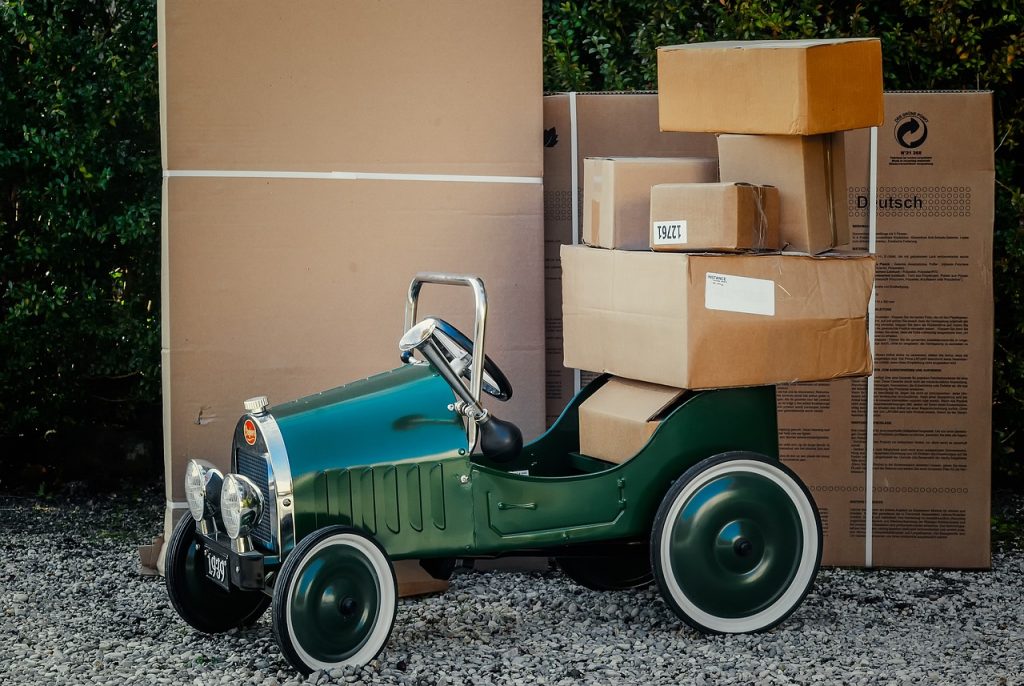
GUEST POST from Art Inteligencia
In the era of environmental consciousness, businesses around the world are actively working towards adopting sustainable packaging practices. As consumers increasingly demand eco-friendly alternatives, it is essential for companies to incorporate innovative solutions to reduce waste and promote a greener future. This article explores the future of sustainable packaging, highlighting key innovations and best practices through the analysis of two case studies.
Case Study 1: Loop – Closing the Loop on Packaging
Loop, a global initiative by TerraCycle, aims to address the problem of waste generated by single-use packaging. Loop revolutionizes packaging by introducing a reusable model. Businesses partnering with Loop offer everyday products in durable, refillable containers, eliminating the need for single-use packaging. Customers order products online, receiving them in customized, returnable packaging. Once products are consumed, consumers simply return the empty containers via a provided carrier service, completing the loop. The containers are then meticulously cleaned, refilled, and made ready for reuse. This innovative approach significantly reduces packaging waste and encourages a circular economy mindset.
Loop’s success lies in creating a collaborative ecosystem comprising various stakeholders. Companies such as Procter & Gamble, Nestlé, and PepsiCo have partnered with Loop to integrate their products into the reusable packaging platform. Through this collaboration, Loop is able to tackle packaging waste at scale while offering an exciting and convenient shopping experience for consumers. Such initiatives serve as a powerful example of how innovation can transform the packaging industry.
Case Study 2: Ecovative Design – Mushroom-Based Packaging
Ecovative Design, a New York-based company, has developed a biodegradable and sustainable packaging solution using mycelium – the vegetative part of fungi. By harnessing the natural adhesive properties of mycelium, Ecovative Design creates packaging materials that are not only biodegradable but also fully compostable, reducing the environmental impact associated with traditional packaging materials.
Mushroom-based packaging offers numerous benefits beyond sustainability. It provides exceptional protection and cushioning for fragile goods and is adaptable to various shapes and sizes, making it suitable for a wide range of products. Additionally, it requires minimal energy and resources to produce, resulting in a significantly lower carbon footprint compared to conventional alternatives.
The innovative mycelium packaging created by Ecovative Design has gained recognition from major companies. Furniture retailer IKEA, for instance, has adopted this eco-friendly packaging solution for some of its products. This case study demonstrates how sustainable packaging solutions can successfully infiltrate well-established industries, having a positive impact on both the environment and the bottom line.
Best Practices for a Sustainable Packaging Future:
1. Embrace recyclable and reusable materials: Companies should prioritize using materials that are easily recyclable or capable of multiple reuse cycles, reducing waste and promoting a circular economy.
2. Optimize packaging design: By employing efficient design techniques, businesses can minimize material usage and optimize space, reducing packaging waste and transportation costs.
3. Educate and engage consumers: Transparently communicate the benefits of sustainable packaging to consumers, fostering awareness and encouraging eco-conscious purchasing habits.
4. Collaborate and share knowledge: Encourage industry-wide collaboration to advance sustainable packaging practices through shared knowledge, research, and solutions.
Conclusion:
The future of sustainable packaging lies in innovation and collaboration. By investing in research and development, companies can lower their environmental impact while meeting customer demands for greener alternatives. Through case studies like Loop and Ecovative Design, we see that rethinking packaging systems and materials can lead to highly successful and scalable solutions. By embracing best practices, incorporating sustainable materials, and engaging consumers, businesses can play a vital role in shaping a more sustainable future for packaging.
Bottom line: Futurology is not fortune telling. Futurists use a scientific approach to create their deliverables, but a methodology and tools like those in FutureHacking™ can empower anyone to engage in futurology themselves.
Image credit: Pixabay
![]() Sign up here to get Human-Centered Change & Innovation Weekly delivered to your inbox every week.
Sign up here to get Human-Centered Change & Innovation Weekly delivered to your inbox every week.